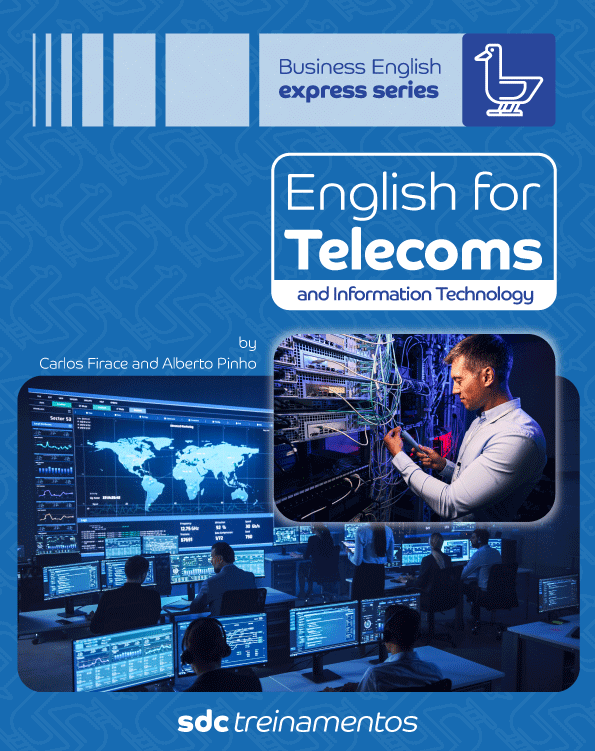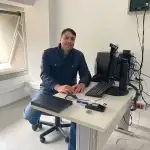Inglês para Tecnologia da Informação – valor mensal 🚀 para empresas.

Sobre o curso

Conteúdo do curso
Linkedin Profile in English
Vagas e salários
Tradução do currículo em Inglês
Computer Users
Inglês para entrevista na area de tecnologia da informação
Podcasts na area de TI
Computer Architecture
Computer Applications
Peripherals
Interview Former Student
Operating Systems
Graphical user Interfaces
Applications Programs
Multimedia
Interview: Comuting Support Officer
Networks
The internet
The World Wide Web
Websites
Security
Present Simple
Introduction to tenses in English
Present Continuous
Present Perfect
Present Perfect Continuous
Past Simple
Past Coninuous
Past Perfect
Past Perfect Continuous
Future Simple
Future Continuous
Future Perfect
Future Perfect Continuous
Collocations in IT
Phrasal Verb in IT
Idioms in IT
What is the main problems IT professionals come across with users?
What is the most difficult matter for IT professionals?
Glossário Técnico em Inglês
Classificações e avaliações de alunos

No Review Yet
